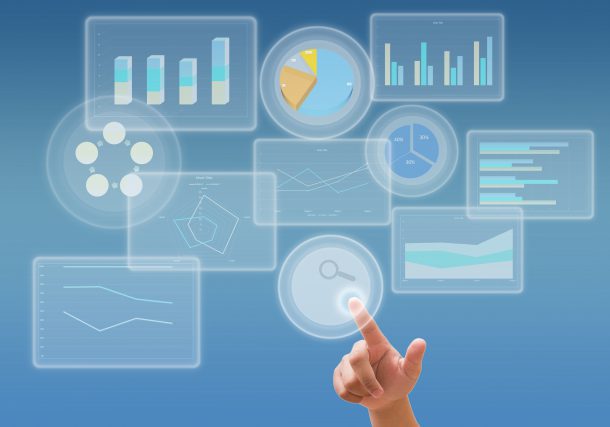
There is enormous potential for Big Data to drive more sustainable and lean cleaning operations, explains Bridget Gardner.
Innovations in digitisation, automation and data analytics are radically changing the way buildings are run. Anything that is powered can now have a sensor attached to it that compiles and analyses information. Business software, personal tracking devices, smart metres, building sensors and digital components embedded in equipment, are producing an unprecedented volume of data that is often referred to as ‘Big Data’.
Will this mountain of data affect the way cleaning services and supplies are procured in the future? Undoubtedly. Can it be used to make the cleaning industry more sustainable? Absolutely. And most importantly, what can you do to stay ahead in this brave new digital world?
These questions are explored in the following article, from the perspective of three main aspects being ‘digitised’:
- Digitising assets: smart metres and sensors in buildings and equipment;
- Digitising operations and business processes; and
- Digitising people: digital skills and the impact that data will have on the workforce1.
Digital assets
In a local government facility management conference I attended last year, speaker after speaker left the audience feeling overwhelmed as they described the rapid digitisation of buildings and the equipment used to operate them. No longer are Building Management Systems (BIMS) restricted to new buildings in the heart of the CBD. Any building can now be digitised and the underlying cause of this so-called ‘digital disruption’ is a huge fall in price of electronic sensors – from $500 a few years ago to as little as $15 today.
Digital sensors can be programmed to collect data and control the systems that operate buildings, improving efficiency and occupant comfort, while reducing time and energy costs. Common examples of this are sensors that measure light levels and movement and automatically switch on lights as needed. More specialised sensors can monitor temperature, humidity, CO2 levels and air flow, in real time, then feed this data into a centralised system that controls the heating, ventilation and air-conditioning (HVAC) system.
This level of automation is called a ‘smart building system’. While the set-up costs may be high, it can pay for itself surprisingly quickly. When Microsoft activated its new smart buildings system at its US headquarters, within moments the system found exhaust fans that had been left running for a year, at a cost of $66,000.
While using energy efficiently and minimising wastage is fundamental to sustainability, there are other ways sensors can make cleaning operations more sustainable. For example, they can monitor dispensers and send alerts when they need to be refilled to prevent premature disposal; they can activate automatic internal compressors when bins are full – reducing bin-liners, time, transportation and disposal costs. Sensors in bins are also being used to weigh and report the volume of recyclable waste collected from different premises.
This article first appeared in the March/April issue of INCLEAN. Click here to continue reading.